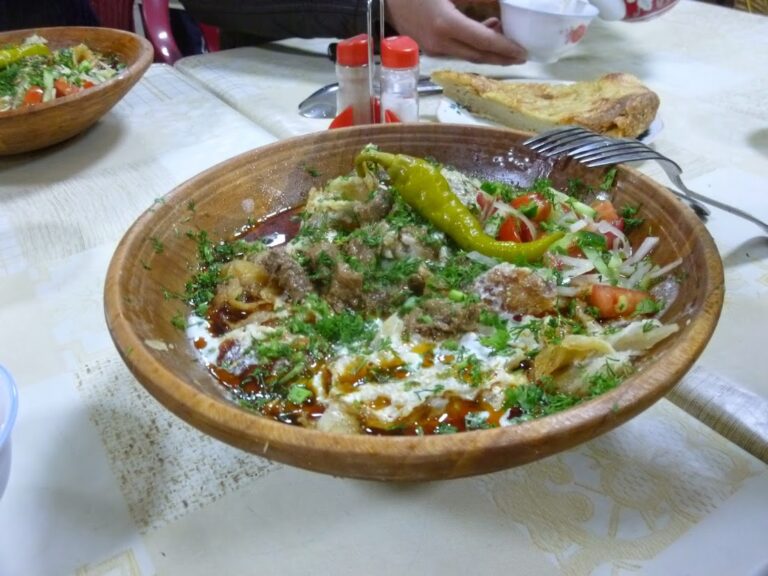Introduction to Tajik Street Food
Tajikistan is a landlocked country in Central Asia, bordered by Afghanistan, Uzbekistan, Kyrgyzstan, and China. The country has a rich culinary tradition, and its street food scene is no different. Locals and tourists alike enjoy the unique flavors and textures of Tajik street food. The cuisine is influenced by Persian, Russian, and Chinese cultures, and it is characterized by the use of fragrant spices and fresh ingredients.
Plov: The National Dish of Tajikistan
Plov is a rice dish that is considered the national dish of Tajikistan. It is made with lamb or beef, onions, carrots, and rice. The ingredients are cooked together in a large pot with spices such as cumin, coriander, and turmeric. Plov is typically served with a side of salad or pickled vegetables. This hearty and flavorful dish is a must-try for anyone visiting Tajikistan.
Sambusa: Meat or Vegetable Filled Pastry
Sambusa is a pastry that is filled with either meat or vegetables. The pastry is made with flour, butter, and water, and it is stuffed with seasoned ground meat or vegetables such as potatoes, onions, and carrots. Sambusa is typically deep-fried and served hot. It is a popular street food in Tajikistan and can be found at many food stalls and cafes.
Laghman: Hand-Pulled Noodle Soup
Laghman is a noodle soup that is made with hand-pulled noodles, vegetables, and meat such as beef or lamb. The noodles are stretched and pulled by hand, giving them a unique chewy texture. The broth is flavored with spices such as cumin, coriander, and chili peppers. Laghman is a comforting and filling dish that is perfect for a cold winter day.
Shashlik: Skewered Meat Cooked Over Fire
Shashlik is a popular street food in Tajikistan that consists of skewered meat cooked over an open fire. The meat can be lamb, beef, or chicken, and it is marinated with spices and herbs for several hours before being cooked. Shashlik is typically served with a side of bread and vegetables such as onions and tomatoes. The smoky and savory flavors of shashlik make it a favorite among locals and visitors alike.
Non: Unleavened Bread Served with Every Meal
Non is a type of unleavened bread that is served with every meal in Tajikistan. The bread is made with flour, water, and salt, and it is baked in a clay oven called a tandyr. Non is typically served warm and can be eaten with a variety of dishes such as plov, sambusa, and shashlik. The bread is an essential part of Tajik cuisine and is a must-try for anyone visiting the country.
In conclusion, Tajik street food offers a unique culinary experience that is not to be missed. From the savory flavors of plov and shashlik to the comforting warmth of laghman and non, the cuisine of Tajikistan is sure to delight your taste buds. So, next time you visit Tajikistan, make sure to try some of these must-try street foods.

